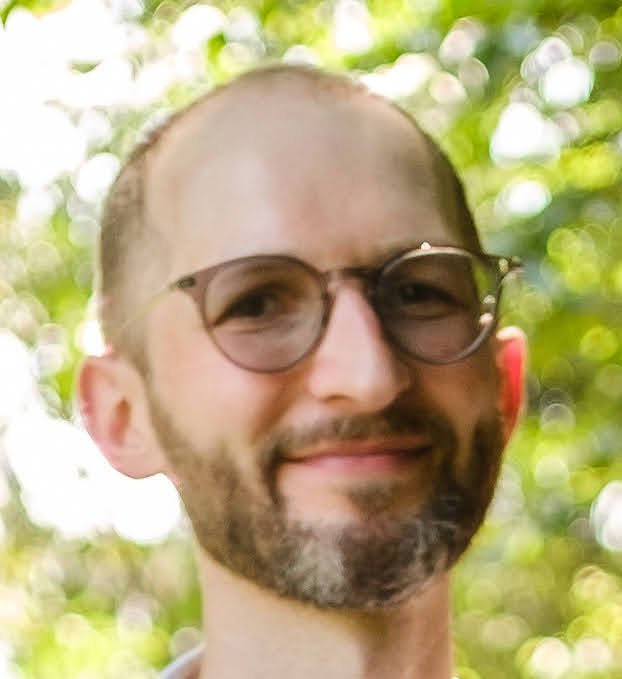The End of the World Show: Press + Performances
/In the last post in this series, I left off at our tech rehearsal which would have been a day or two before opening night. Let's wind back the clock again...
Press
About 2 months prior to the show, I sent out my first press release. I am about the furthest from a marketing expert, but I was passionate about this show and I had help from the marketing crew at the venue. The first release was focused on the show itself: what was unique and why would an average person be interested in seeing it. I also included some hi-res press photographs.
A month later (still ~1 month out), I sent a follow-up release that was more focused on the (now confirmed) cast, performance dates, ticket prices and info. This had updated photos as well.
Between these and some contacts I had, particularly in some smaller online publications I got a couple interviews, a ticket giveaway, and a reviewer coming to our first show. The more people began to cover it, I got the show picked up by a few larger publications. We ended up selling out two of the four shows and getting a great house at the other two.
Performances
The performances is where the director is really able to let go of the reigns and trust that the preparation was done now. The show now belongs to your cast and crew. I do give a few notes during the run, but mostly on technical issues that help the show to run more smoothly ("Let's try to have the overlords do the house open announcement since they're in make-up at that time"). It's difficult to make major artistic adjustments during the run. If you do, probably better to call a rehearsal and practice than rely on notes.
Those of you who have done short runs of theater productions will be familiar with the bittersweet ending to such a production. It has taken over your life, and you will be getting a lot of free time. But you have also built something special and unique and made a new family and that is going away. But like all of theater and improv specifically, its ephemeral nature is part of its appeal.







